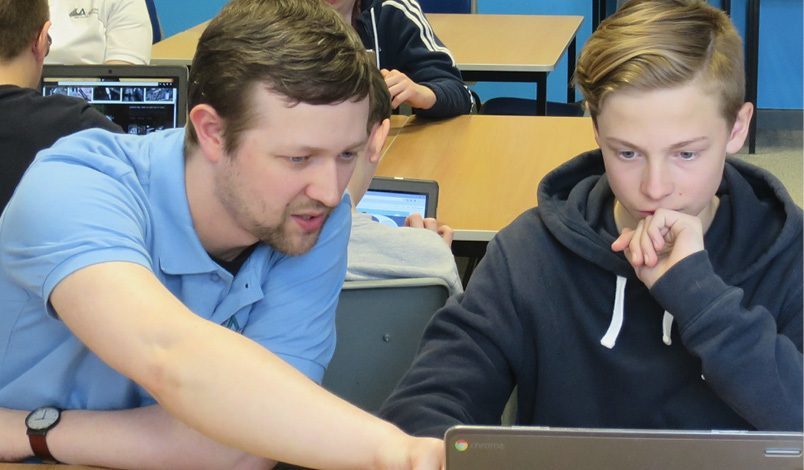
These top tips are for professionals in education and industry, collaborating to create effective education programmes.
The top tips are inspired, firstly, by the success of the Academy9 programme and the desire to leave a lasting legacy; in October 2018, the programme was awarded the Skills Impact Initiative of the Year by the British Construction Industry (BCI).
Secondly, it originates from, and is a contribution to, Scottish Government strategies on youth employment, STEM learning, enterprise and skills, and Developing the Young Workforce (DYW).
These strategies stress the need for schools, industry, business, and employers to work collaboratively through “meaningful and productive school employer partnerships.” to “prepare young people for the world of work”1 for example, by providing work placements, references, opportunities for work shadowing, internships, etc., to nurture entrepreneurship skills and develop transferable work-relevant skills for “job applications, CV writing and interviews”.2
What is the secret to creating effective education programmes?
A simple answer is – there is no single factor.
Effectiveness is measured in various ways – for example, in relation to numbers of participants; by rates of satisfaction/enjoyment registered by participants; or by comments from teachers witnessing positive changes in the skills and capabilities, attributes and aspirations of young people; or by how the programme builds the capacity and confidence of practitioners in relation to the development of STEM skills and awareness of STEM-related careers.

Here are some initial top tips for creating your own programme:
- It should address a current question/live issue relating to education and/or industry
- It should have a clear, forward-looking strategic vision
- It should be thoroughly planned
- It should set high standards, by having high expectations
- It should be jointly designed, involving all partners, and relate closely to the curriculum
- It should be appropriately ambitious in its objectives
- Its purpose should be clear – as a short-term intervention, or as a longer-term development
- It should relate clearly to other policy trends/initiatives/practices in education/industry
- Its delivery should involve collaborative partnerships, based on mutual knowledge exchange, sharing and joint ownership and reciprocal benefits
- The content and events/challenges should be relevant to actual work contexts
- It should create a positive mindset in young people to maximise their motivations and learning potential
- It should add to young peoples’ portfolio of wider achievement3
- It should embrace equality and diversity
- It should seek to bring about transformative change by building capacity amongst practitioners, school and centre leaders, and key decision-makers and by providing them with opportunities to develop their professional knowledge and skills.
References
1 – Education Scotland/Smarter Scotland (2015), Developing the Young Workforce – School/Employer Partnerships, The Scottish Government, Edinburgh, pp. 1-2.
3 – Education Scotland, National Improvement Hub ‘Profiling skills and achievement in the context of career education’




